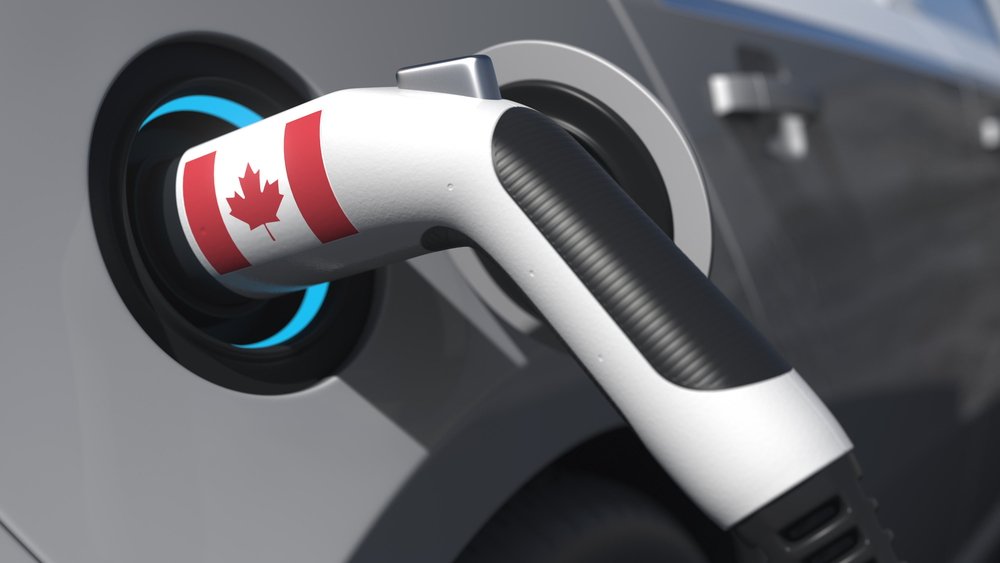
The federal government laid out its plan to remove gas-powered vehicles from the vehicle fleet in Canada but some are raising red flags about the path to get there, including those in the automotive aftermarket.
Environment Minister Steven Guilbeault announced new regulations mandating the transition to battery-operated cars, trucks and SUVs by 2035. That means automakers have the next 11-plus years to phase out combustion engine cars, trucks and SUVs.
But there’s a requirement to gradually increase the proportion of electric models they offer for sale each year.
But not all are thrilled with the plan — at least not without additional support for the motoring public.
The Canadian Automobile Dealers Association raised concerns about EV affordability and charging infrastructure days before the announcement this week.
More government effort is needed to address vehicle affordability and the lack of charging infrastructure, the group said. President Tim Reuss noted that high interest rates and inflation are severely impacting consumers’ ability to buy new cars, pointing to increased dealer inventory.
Meanwhile, Brian Kingston, president of the Canadian Vehicle Manufacturers’ Association, called on the federal government to provide stronger consumer purchase incentives, a widespread public charging network and enhancements to the electricity grid to prepare Canadians for more EVs on the road.
The Automotive Industries Association of Canada released a statement noting that 100 per cent EV adoption can’t be achieved so long as the repair ecosystem isn’t supported to keep vehicles in proper working order.
Alana Baker, vice president of government relations and research at AIA Canada, noted that several automakers are retaining control of repair and service information, limiting choice for consumer repair options.
”This eliminates competition in the market and will drive up costs for drivers who are looking to service their vehicle at a competitive price, close to home,” her statement read.
Automakers are already raising red flags about the high cost of EV purchases — failure to address right to repair will bring added costs to Canadians as they’re forced to visit dealers for repair and service.
“The aftermarket cannot be an afterthought,” Baker said. “Ambitious targets to transition to EV sales must be accompanied by comprehensive right-to-repair legislation that will ensure third-party repair shops have timely access to essential vehicle data.”
Back to Guilbeault’s announcement, he insisted more EVs vehicles will be made available in Canada and at more affordable prices. Automakers will need to ensure their supply and demand fit the new mandate.
“There’s no mistaking it. We are at a tipping point,” he said.
The regulations outline that in 2026, one out of every five vehicles carmakers put on the Canadian market are battery electric or longer-range plug-in hybrids. In 2027, that will rise slightly to 23 per cent.
By 2028, the share of EVs 34 per cent of all vehicles sold need to be electric; 43 per cent in 2029; and 60 per cent in 2030 before hitting 100 per cent in 2035.
S&P Global Mobility reported that 10 per cent of new vehicle registrations in Canada were BEV, while 3 per cent were PHEV at the end of the third quarter in 2023.
According to the Canadian Press, 38,425 EVs were sold in the first nine months of 2020 and 132,783 were sold through the first three quarters of 2023.
“Two provinces are already above the 20 per cent threshold — Quebec and British Columbia,” Guilbeault said.
But no other province crosses even eight per cent.












Leave a Reply